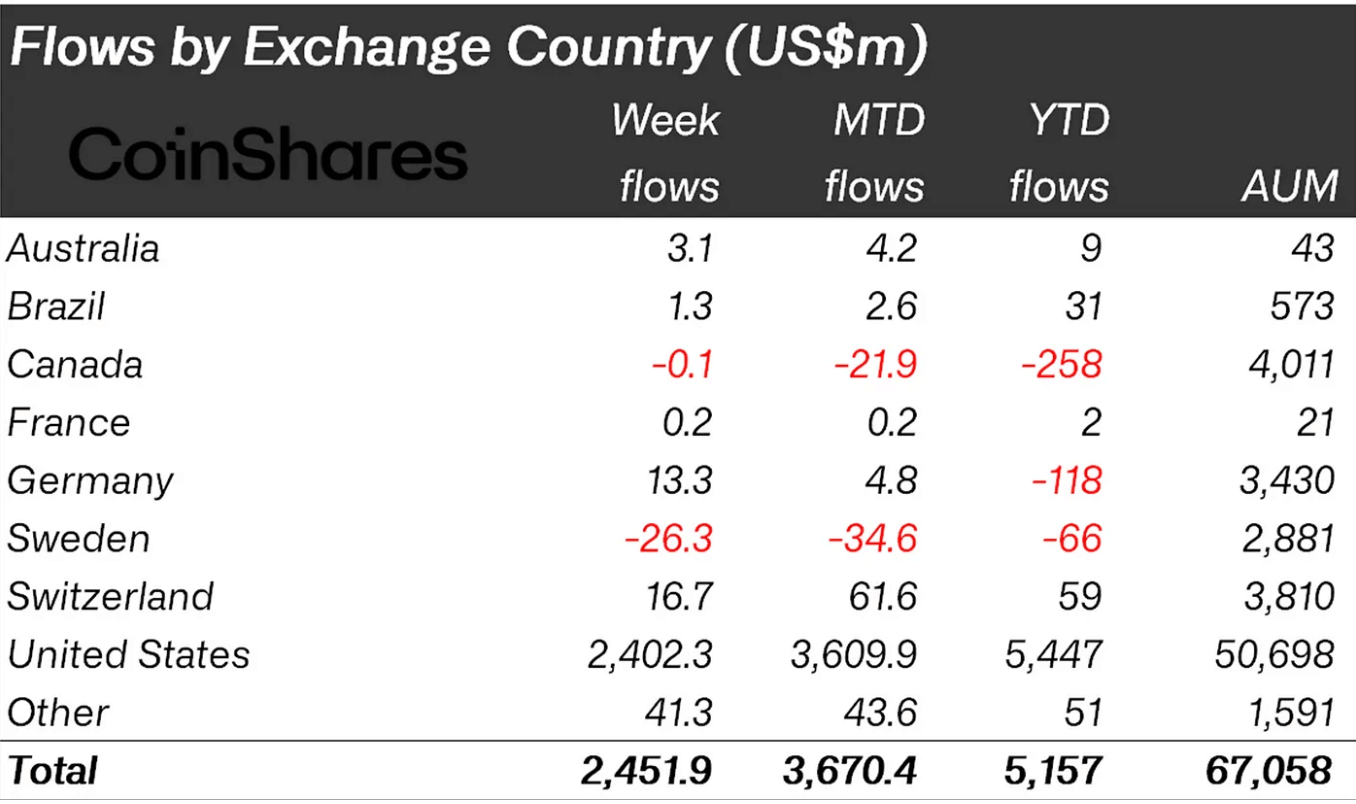Exploring the Potential of Bitcoin OP_CAT beyond Digital Currency
Initially skeptical when he first encountered Bitcoin in 2011, Guillemet appreciated the technological sophistication of decentralized consensus and cryptography but doubted its practical adoption. He recalled:
“My friend was mining it and he was talking about Bitcoin every day… I told him like, your thing is really amazing from a technical standpoint, but what’s the use case? There was absolutely no chance that anyone will add up Bitcoin in the future.”
It wasn’t until 2017, when Bitcoin began gaining more mainstream attention and adoption that Guillemet revisited his stance. He started to explore the economic and permissionless aspects of Bitcoin, leading to a deeper understanding of its potential as a form of money not controlled by any central authority. This exploration also broadened his awareness of how traditional fiat systems operate, ultimately shifting his view to appreciate Bitcoin’s value proposition of ownership and financial sovereignty.
Beyond its role as digital money, when Akiba asked to consider the potential for Bitcoin to serve broader purposes, such as a time-stamping and event-sequencing mechanism, Guillemet acknowledged the concept of using Bitcoin’s blockchain for verifying digital events and recognized the current limitations. Guillemet pointed out:
“In its current form, it’s not possible because the block space is too small, too scarce, and Bitcoin doesn’t scale enough.”
He suggested that scaling solutions could enable Bitcoin to support various uses, including anchoring data and execution states from other systems. Guillemet proposed creating a robust Layer 2 solution for Bitcoin, which could allow for more efficient and scalable transaction processing while leveraging the security of the Bitcoin blockchain.
However, he also noted that simply anchoring data (hashing) onto the Bitcoin blockchain is insufficient for guaranteeing the validity of the data without additional context and execution proofs. Guillemet believed that advancements like OP_CAT or other innovative approaches could potentially enhance Bitcoin’s functionality, allowing it to support a broader array of applications without compromising its core principles.
He specifically advocated for a dedicated new OP code designed to allow ZK proofs to be validated on-chain, enabling enhanced layer-2 Bitcoin solutions. Being able to use ZK proofs with layer-2s would reduce the trust needed in off-chain processing and scale the potential for Bitcoin to act as a data settlement layer beyond finance without needing to increase blockspace.
Guillemet’s reflections on Bitcoin and blockchain technology highlight a journey from initial skepticism to a nuanced appreciation of Bitcoin’s potential. He envisioned a future where Bitcoin’s capabilities extend beyond digital currency, provided that scalability and execution challenges are addressed through innovative solutions. This perspective highlights blockchain technology’s ongoing evolution and expanding possibilities in various domains.




